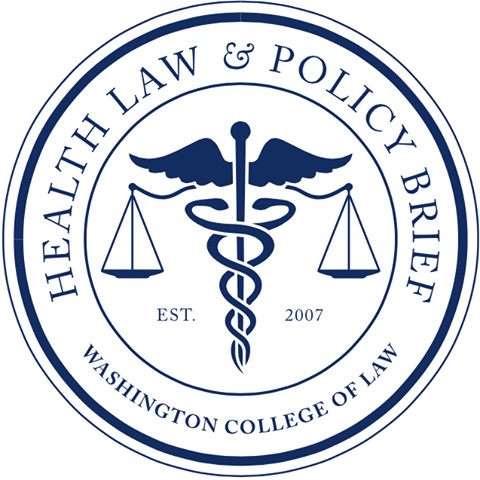By: Nawa Arsala
After years of concern from athletes, their parents and coaches, a federal investigation on the potential link between artificial turfs and cancer has commenced. The Environmental Protection Agency, the Consumer Product Safety Commission and the Centers for Disease Control and Prevention will work together to research “whether crumb rubber, as part of an artificial turf field or as playground fill, is safe for their children to play on.”
Artificial turf, also known as synthetic turf, is a popular alternative to grass fields. It provides a consistent year-round, durable, all-weather playing surface with very low maintenance. Crumb rubber, which is what is used in artificial turfs, is made from scrap car and truck tires that are ground up and recycled.
In a letter to President Obama, Senators Blumenthal and Nelson, asked for a comprehensive study of the correlation between the crumb rubber in cancer. The Senators cited extensive research from University of Washington soccer coach Amy Griffin. Her research found that 153 reported cancer cases involving athletes spent significant periods of time playing on crumb rubber turf. Of those cases, 124 were soccer players, 85 of whom were goalies. Moreover, of the types of cancers, blood cancers like lymphoma and leukemia were the most diagnosed.
The investigation, known as the Federal Research Action Plan on Recycled Tire Crumb Used on Playing Fields and Playgrounds, will test different types of tire crumb and work with scientists to evaluate the potential cancer toxicity of various chemicals. The task force will meet with athletes, parents, coaches and industry representatives directly to get fire-hand perspectives on the potential exposures. According to the Synthetic Turf Council, “crumb rubber has been critically examined and studied since the late 1980’s. Science has proven it to be safe for children and people of all ages.”
Further, the task force hopes that by the end of 2016, a draft status report will identify the key constituents of concern, and an initial evaluation of potential cancer and non-cancer toxicity of key chemical constituents.
Although we have to wait until the end of the year for the federal hypothesis, there are many independent reports with plausible theories. One popular theory by chemical engineer Stewart D. Simonson, is that the increased cancers by athletes on artificial turf fields are due to “repeated electrostatic charge buildup and electrical discharge due to triboelectric effects from the crumb rubber turf and plastic blades of grass in contact with player’s skin and jerseys.” Further, as goalies have a higher incidence of cancer, it can be attributed to their repeated dives into the turf, which increases their electric charge due to an exchange of electrons between the grass and rubber fill material and the players.
As of late last year, more than 50 counties and cities in 17 states have reassessed their approach to crumb rubber turf. Montgomery County, Maryland, a suburb right outside Washington, banned new artificial turfs this year in a resolution for the “Use of Plant-Derived Materials for Infill in Artificial Turf.” Several surrounding counties, including Fairfax County, VA, have also enacted petitions to follow Montgomery County’s unanimous decision. Until these changes are made, many parents across the nation have chosen to not allow their children to play on artificial fields.
